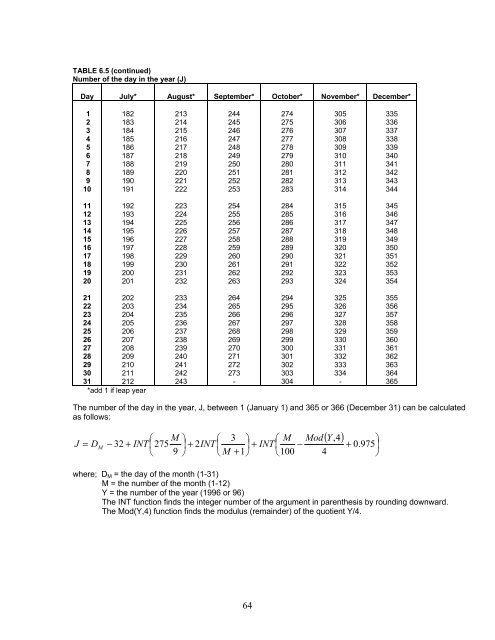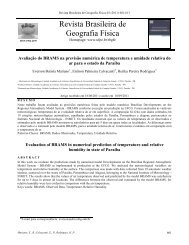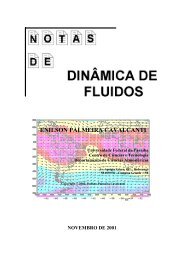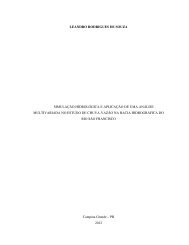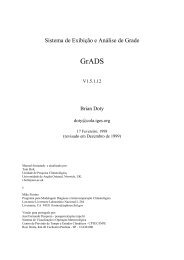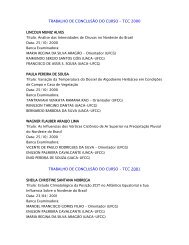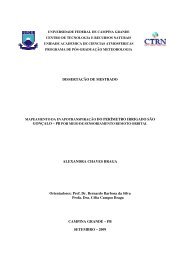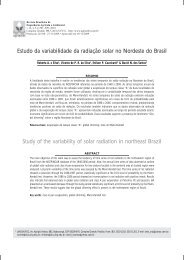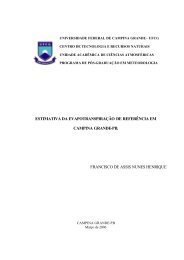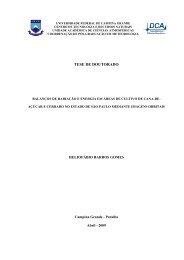You also want an ePaper? Increase the reach of your titles
YUMPU automatically turns print PDFs into web optimized ePapers that Google loves.
TABLE 6.5 (continued)Number of the day in the year (J)Day July* August* September* October* November* December*12345678910182183184185186187188189190191213214215216217218219220221222244245246247248249250251252253274275276277278279280281282283305306307308309310311312313314335336337338339340341342343344111213141516171819201921931941951961971981992002012232242252262272282292302312322542552562572582592602612622632842852862872882892902912922933153163173183193203213223233243453463473483493503513523533542122232425262728293031202203204205206207208209210211212*add 1 if leap year233234235236237238239240241242243264265266267268269270271272273-294295296297298299300301302303304325326327328329330331332333334-355356357358359360361362363364365The number of the day in the year, J, between 1 (January 1) and 365 or 366 (December 31) can be calculatedas follows:( Y,4)⎛ M ⎞ ⎛ 3 ⎞ ⎛ M Mod⎞= D − 32 + INT⎜275⎟ + 2INT⎜⎟ + INT⎜− + 0. 975⎟⎝ 9 ⎠ ⎝ M + 1⎠⎝1004⎠JMwhere; D M = the day of the month (1-31)M = the number of the month (1-12)Y = the number of the year (1996 or 96)The INT function finds the integer number of the argument in parenthesis by rounding downward.The Mod(Y,4) function finds the modulus (remainder) of the quotient Y/4.64


